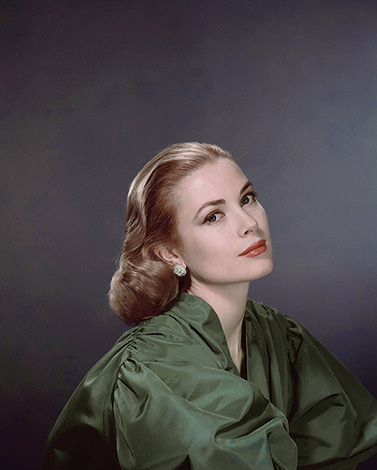How has the United States changed over the past 250 years, and how has it remained the same? Here are five gift ideas for readers with a serious interest in where we’ve come from, how we got this far and just how far we have left to go.
The word “frenemies” wasn’t around during the founding of the United States, but it could certainly be applied to the relationship between John Adams and Thomas Jefferson, which is detailed by Gordon S. Wood in Friends Divided: John Adams and Thomas Jefferson. The acerbic Adams and the idealistic Jefferson were divided by geography and social standing in addition to temperament. Yet they forged a friendship in the early days of the nation before later falling out over issues large and small as the years rolled by and both served presidential terms. The rift was healed with the help of a mutual friend in their later years, providing a heartwarming ending to the intertwined biographies of two men who famously both died on the Fourth of July, 1826. Their differences remained to the end, but as Wood shows—with the help of the numerous letters between the pair that survive—the combatants’ jousting took on a mutually respectful tone. A 1993 Pulitzer Prize winner for The Radicalism of the American Revolution, Wood is a skillful guide to Revolutionary-era principles, both profound and personal.
EMPIRE STATE OF MIND
Historian Mike Wallace is a Pulitzer Prize winner for his co-authorship of Gotham: A History of New York City to 1898, and he has now produced the second volume in the series, Greater Gotham: A History of New York City from 1898 to 1919, and it’s a worthy sequel packed with insight and information. Organized by topic, it can be read straight through (just not all in one sitting) or approached as an encyclopedia, jumping from section to section while savoring the photos and illustrations. If you want to start with dessert, flip to the Cultures section, with its histories of Broadway, the Bronx Zoo, Coney Island and more. But don’t overlook the more serious fare, most notably the excellent explanations of the rise of Manhattan’s skyscrapers and the history of the island’s famous tunnels and bridges. Through it all, Wallace holds to a historian’s tone that maintains an easy appeal with the casual reader.
WE HAVE HIT BOTTOM
If anyone ever appeared to be eminently qualified to be president of the United States, it was Herbert Hoover. A self-made millionaire largely untainted by politics, Hoover had a long history of rolling up his sleeves and getting important work done when he was elected to the job in 1928. So how did things go off the rails, ending with his defeat by Franklin Delano Roosevelt four years later? Kenneth Whyte tackles that question and more in Hoover: An Extraordinary Life in Extraordinary Times. While no apologist for the man who became synonymous with the Great Depression, Whyte details how Hoover was up against worldwide economic forces that he had no way of controlling and points out that the hard times continued long into Roosevelt’s presidency. Just as interesting, however, are Whyte’s accounts of Hoover’s early life, from his rise from orphanhood to world-traveling problem solver, and his post-presidency attempt to restore his image and regain his place among the 20th century’s most admired people.
A KEN BURNS COMPANION
Another Ken Burns PBS series? Delightful! And with the series comes the companion book, The Vietnam War: An Intimate History, by Burns and historian Geoffrey C. Ward. Burns’ style has proven irresistible over the years: It’s straight history interspersed with personal vignettes and peppered with photographs. The iconic images from the war are here, of course, but look for the lesser-known shots, such as President Lyndon B. Johnson watching television coverage of the war in bed with his wife, Lady Bird, or an overhead shot of the famed Ho Chi Minh Trail, which continued to be used despite multiple American airstrikes. Still, the personal stories—from all sides—will grab the reader most tightly, as individual soldiers are followed from enlistment to, in one case, the day an obituary appears in a hometown newspaper.
RACE AND DEMOCRACY
The winner of the 2015 National Book Award for Between the World and Me, Ta-Nehisi Coates has produced a new book of essays—some new, some previously published in The Atlantic—titled We Were Eight Years in Power: An American Tragedy, which refers to a quote from a Reconstruction-era congressman but also, of course, to President Barack Obama’s two terms as president. Coates, a black man, was astonished by Obama’s election, and in a scathing epilogue, sees his successor, Donald Trump, as a return to the natural order of things. Indeed, Coates views him as the nation’s “first white president,” because “his entire political existence hinges on the fact of a black president.” But it’s not all presidential politics with Coates—two of the most thought-provoking essays included in the book are “The Case for Reparations” and “The Black Family in the Age of Mass Incarceration.”
This article was originally published in the December 2017 issue of BookPage. Download the entire issue for the Kindle or Nook.



























